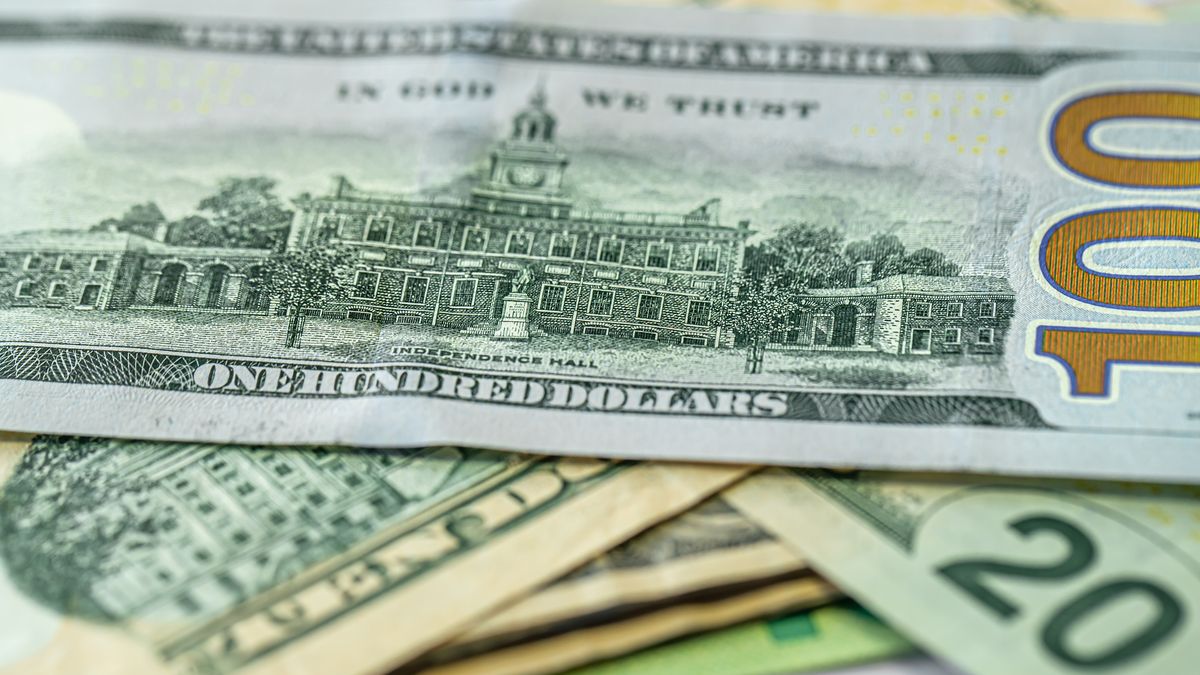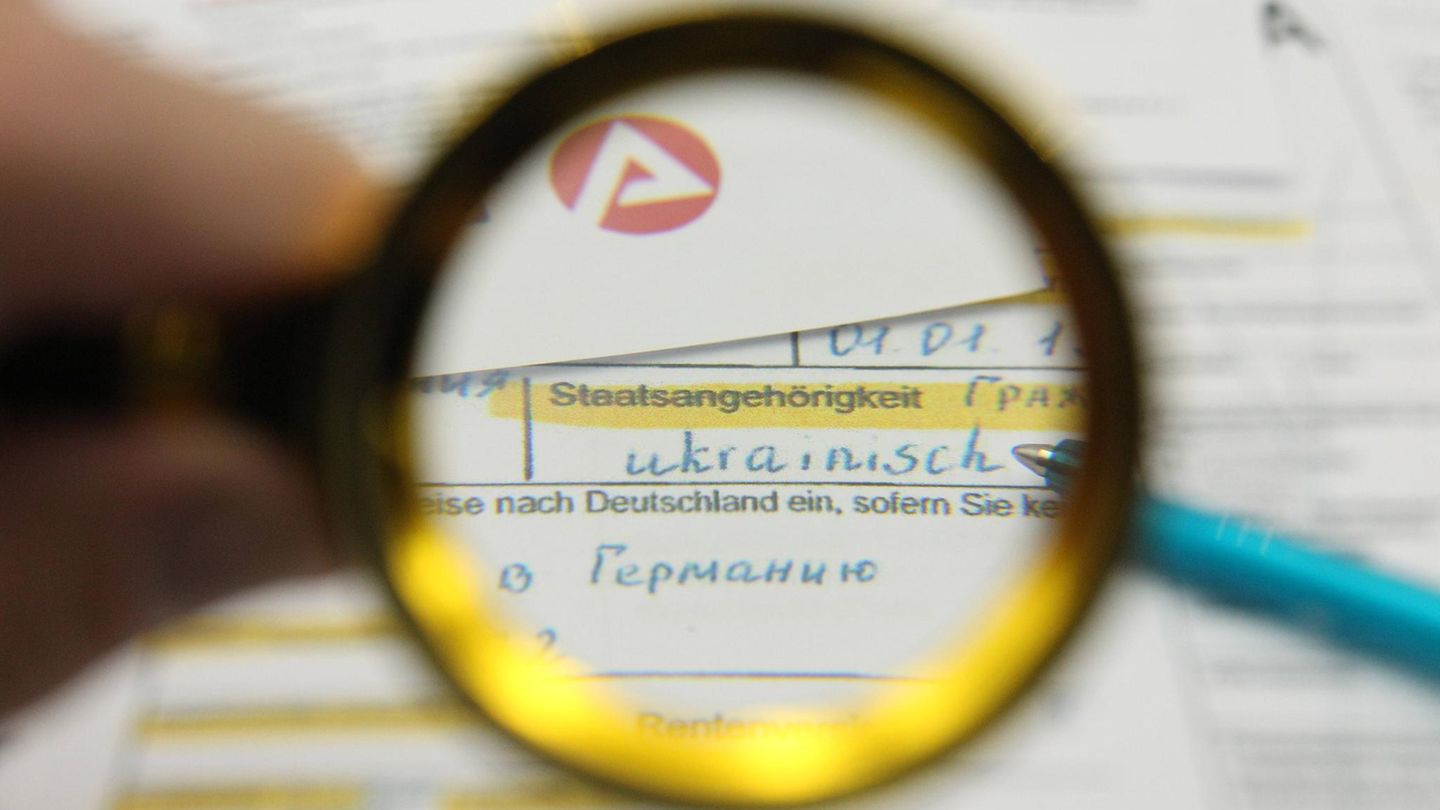In turn, the MEP dollar fell $2.05 (-0.7%) to $314.02. Indeed, the spread with the official reached 88.4%.
In the parallel market, for its part, the blue dollar fell $2 (-0.6%) to $318, so the gap with the official exchange rate reached 90.8%.
The Government reestablished a special exchange rate of $230 for soybean transactions, a measure that it already ordered in September, to stimulate its foreign currency settlements and strengthen the reserves of the Central Bank (BCRA).
“The new edition of the ‘soybean dollar’ appears as a tool to meet the fiscal goals and net reserves with the IMF without making changes to the ‘administrative approach’ of the exchange market”, Delphos Investments said.
“The liquidated soybean complex at least 3 billion dollars adding the Central Bank a minimum of 2,000 million to the reserves”, added and said that “However, the associated issue (0.5/0.7 trillion pesos) must be sterilized by Leliqs/Passesincreasing the quasi-fiscal deficit of 2023″.
In September, the Government obtained with a similar measure the income of almost 8,000 million dollars from soybean exporters, of which some 5,000 million remained for the BCRA reserves.
“The measure is ‘bread for today, hunger for tomorrow’, as was the first version of the export increase program. It is nothing other than a temporary patch to settle the macro imbalances in the short termbut without solving the structural problems”, estimated Personal Investment Portfolio.
On the other hand, The Ministry of Economy (MECON) will hold this afternoon the last November tender for Liquidity Letters (LELITES), Discount Letters (LEDES), and Dollar Linked Bonds.
“Today is the last and most difficult tender of the month, since everything that expires is in private hands,” stated the brokerage StoneX. “The total to renew amounts to 262,000 million pesos. In addition, the MECON decided not to offer CER (inflation)-adjusted securities, which is what the market demands the most,” he said.
“The causes of the recovery of local bonds in November are external and internal“said VatNet Financial Research and explained that “In the former, the hasty hope of a loosening in the Fed’s monetary policies decreased risk aversion and in the latter, the end of a speculative ‘carry trade’ cycle was presented as one of the paths for the redollarization of wallets”.
In this framework, the wholesale dollar operated with a rise of 0.64%, to $166.65, in a place always regulated by the BCRA with purchases and sales of dollars from its reserves.
Last week, the monetary entity accumulated sales of its reserves for some 35 million dollars to supply the genuine demand of the market. So far in November it loses about 990 million dollars.
Qatar dollar price, Monday, November 28
The new qatar dollar -which includes 30% of the COUNTRY tax, 45% deductible from Income Tax and Personal Property TaxY a new perception of 25% on account of Personal Assets- it rose $2.84 to $347.32.
It is worth noting that this exchange rate applies to Consumption abroad with debit and credit cards over US$300 per month.
Price of the tourist dollar or card dollar, Monday, November 28
The tourist dollar or card -retailer plus COUNTRY Tax, and a perception of 45% deductible from Income Tax and Personal Property Tax for consumption with cards abroad of up to US$300 per month- it rose $2.12 to $303.91.
Savings dollar price, Monday, November 28
The dollar savings or solidarity dollar-which includes 30% of the tax COUNTRY and 35% deductible from Income Tax and Personal Assets- it rose $2 to $286.54.
Price of the wholesale dollar, Monday, November 28
The wholesale dollar, that directly regulates the BCRA, it advanced $1.01 to $166.60.
Source: Ambito
I am a 24-year-old writer and journalist who has been working in the news industry for the past two years. I write primarily about market news, so if you’re looking for insights into what’s going on in the stock market or economic indicators, you’ve come to the right place. I also dabble in writing articles on lifestyle trends and pop culture news.




